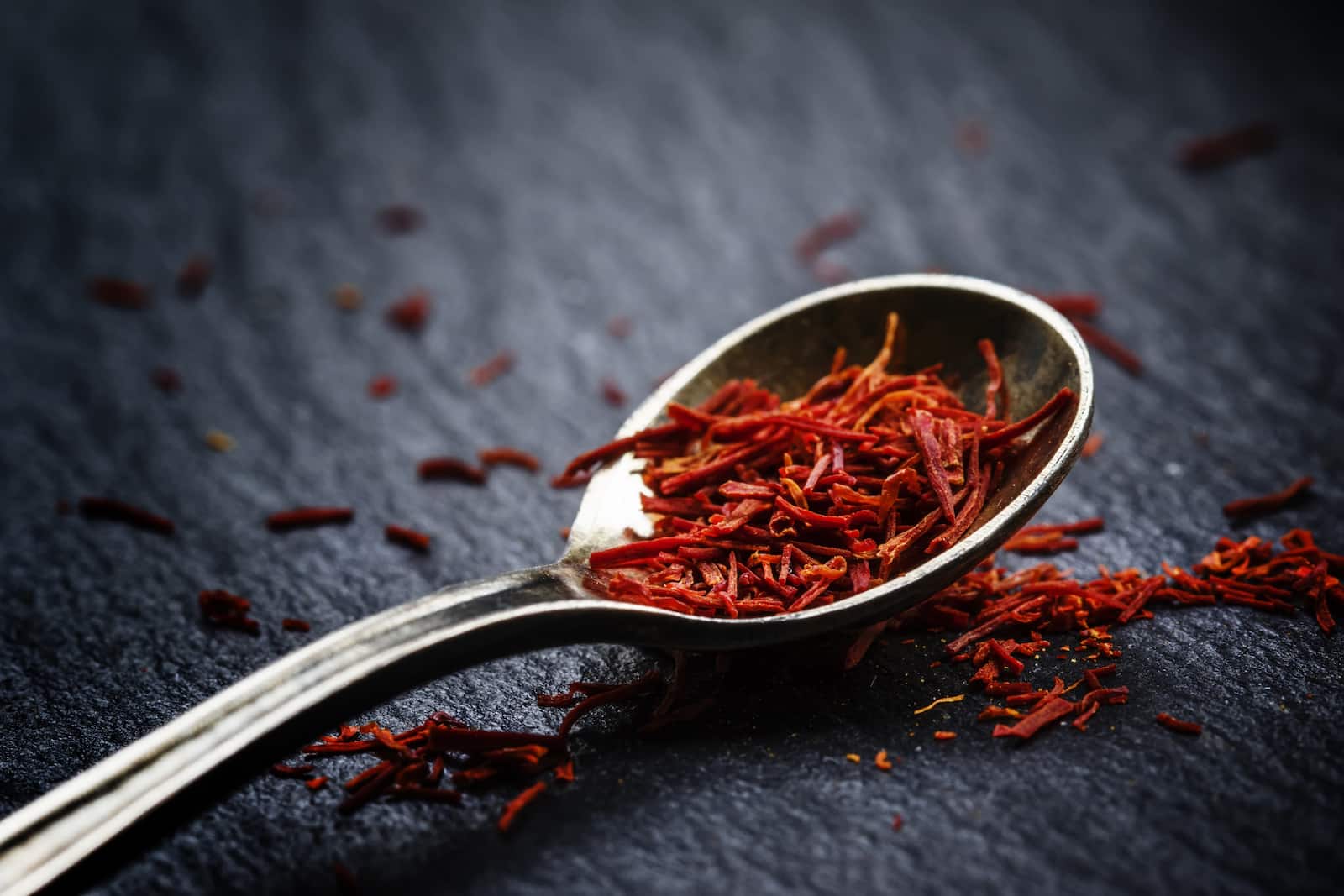

Articles
How To Store Saffron
Modified: December 7, 2023
Discover the best techniques and tips for storing saffron in this comprehensive collection of articles. Keep your saffron fresh and aromatic for longer!
(Many of the links in this article redirect to a specific reviewed product. Your purchase of these products through affiliate links helps to generate commission for Storables.com, at no extra cost. Learn more)
Introduction
When it comes to precious and exotic spices, saffron often reigns supreme. Widely revered for its vibrant color, distinct aroma, and unique taste, saffron is a prized ingredient in many culinary creations. However, ensuring that saffron retains its quality and potency over time requires proper storage techniques.
Whether you’re a professional chef or a cooking enthusiast, knowing how to store saffron correctly is crucial for preserving its delicate flavor and fragrance. In this article, we will explore the factors that influence the storage of saffron, the ideal conditions for its preservation, and essential tips for prolonging its shelf life.
Before delving into the specifics of saffron storage, it is essential to understand what saffron is and why it requires careful handling.
Key Takeaways:
- Properly storing saffron in a dark, cool, and dry environment, away from light, heat, and moisture, is crucial for preserving its vibrant color, delicate flavor, and aromatic qualities, ensuring a longer shelf life and optimal culinary use.
- By following simple steps such as using airtight containers, avoiding common storage mistakes, and monitoring saffron for freshness, enthusiasts can prolong the shelf life of this prized spice, maximizing its exceptional flavor and color in culinary creations.
Read more: How To Cook Saffron Rice In Rice Cooker
Understanding Saffron
Saffron is a spice derived from the flower of the Crocus sativus plant. It is renowned for its brilliant crimson hue and contains potent compounds that contribute to its unique flavor and aroma. The vibrant red threads, known as saffron threads, are harvested from the flowers and undergo a meticulous drying process before being ready for use.
Due to its high price tag and immense culinary value, saffron is often considered a luxury spice. It is frequently used to enhance the color and flavor of various dishes, such as risottos, paellas, and desserts. However, its delicate nature makes it susceptible to deterioration if not stored properly.
Factors Affecting Saffron Storage
Several factors can impact the quality and longevity of saffron. Understanding these factors is crucial for creating suitable storage conditions. Here are the key factors to consider:
- Light: Exposure to light can degrade the quality of saffron. Direct sunlight or harsh artificial lighting can cause the saffron threads to lose their color and aroma over time. Thus, it is essential to store saffron in a dark place.
- Temperature: Saffron is sensitive to temperature fluctuations. Extreme heat or cold can alter its flavor and fragrance. Storing saffron at a consistent temperature is important to maintain its quality.
- Humidity: Moisture is the enemy of saffron. Excessive humidity can lead to mold growth and spoilage. It is essential to store saffron in a dry environment to prevent deterioration.
- Air exposure: Oxygen exposure can cause saffron to lose its potent compounds. Storing saffron in an airtight container is vital to protect its flavor, aroma, and overall quality.
By considering these factors, you can ensure that the saffron you use in your culinary creations remains fresh and full of flavor.
Key Takeaways:
- Properly storing saffron in a dark, cool, and dry environment, away from light, heat, and moisture, is crucial for preserving its vibrant color, delicate flavor, and aromatic qualities, ensuring a longer shelf life and optimal culinary use.
- By following simple steps such as using airtight containers, avoiding common storage mistakes, and monitoring saffron for freshness, enthusiasts can prolong the shelf life of this prized spice, maximizing its exceptional flavor and color in culinary creations.
Read more: How To Cook Saffron Rice In Rice Cooker
Understanding Saffron
Saffron, known as “red gold,” is one of the most coveted and expensive spices in the world. It is derived from the delicate threads of the Crocus sativus flower and has been cherished for centuries for its vibrant color, distinctive floral aroma, and unique flavor.
The process of obtaining saffron is meticulous and labor-intensive. Each Crocus sativus flower produces only three delicate red threads, known as stigma, which are carefully hand-picked. These threads are then dried, resulting in the saffron spice that we know and love.
What sets saffron apart is its remarkable coloring ability. Just a few strands of saffron can imbue dishes with a rich golden hue, making it a popular choice in various cuisines around the world. Beyond its aesthetic appeal, saffron also adds depth and complexity to dishes, infusing them with a subtle, earthy flavor and a hint of floral notes.
Saffron is not only used in cooking but also valued for its potential health benefits. It contains several naturally occurring chemicals, including crocin, safranal, and picrocrocin, which contribute to its antioxidant, anti-inflammatory, and mood-enhancing properties.
In addition to its culinary and medicinal uses, saffron has a history deeply rooted in cultural and traditional practices. It has been used for centuries in religious rituals, as a natural dye for fabrics, and even as a herbal remedy for various ailments.
When purchasing saffron, it’s important to look for quality indicators. The best saffron threads are deep red in color, with a slightly lighter orange-red tip. The aroma should be strong but not overpowering, and the threads should be dry and brittle to the touch.
As a precious spice, saffron is often used sparingly. Just a small pinch of the threads can add a burst of color and flavor to your dishes. Whether you’re preparing a traditional paella, a fragrant biryani, or a luscious saffron-infused dessert, using saffron can elevate your culinary creations to new heights.
To fully appreciate the unique qualities of saffron, it’s important to store it correctly. Understanding the factors that affect saffron storage is crucial for preserving its delicate flavor, aroma, and color, ensuring that you can enjoy the full benefits of this magnificent spice.
Factors Affecting Saffron Storage
Proper storage is essential for preserving the quality and potency of saffron. Several factors can influence the longevity of saffron and its ability to retain its flavor, aroma, and vibrant color. By understanding these factors, you can create the ideal conditions for storing saffron and ensure its freshness for an extended period of time.
- Light: Exposure to light is one of the primary factors that can degrade saffron. Ultraviolet (UV) rays from sunlight and strong artificial lighting can break down the delicate compounds in saffron, resulting in loss of flavor and color. To protect saffron from light damage, it is essential to store it in a dark place, such as a pantry, spice cabinet, or airtight container.
- Temperature: Saffron is sensitive to temperature fluctuations. Both high heat and extreme cold can adversely affect its quality. It is recommended to store saffron in a cool, dry place with a consistent temperature. Ideally, the temperature should be between 15°C to 20°C (59°F to 68°F). Avoid storing saffron near heat sources such as stoves, ovens, or sunlight-exposed areas.
- Humidity: Moisture is the enemy of saffron. Excessive humidity can lead to the growth of mold and spoilage of saffron threads. It is crucial to store saffron in a dry environment to prevent moisture absorption. Avoid storing saffron in areas with high humidity, such as the refrigerator or near sources of water. Instead, opt for airtight containers or moisture-proof bags to keep saffron dry and free from moisture-related damage.
- Air Exposure: Oxygen exposure can cause saffron to deteriorate over time. The delicate compounds in saffron can react with oxygen, leading to loss of flavor and aroma. To protect saffron from air exposure, store it in airtight containers or vacuum-sealed bags. Ensure that the container is tightly sealed after each use to minimize contact with air.
- Container Choice: The container you choose for saffron storage can also impact its preservation. Opt for containers made of glass or opaque materials that block out light, as these are more effective in protecting saffron from light damage. Clear plastic containers or bags should be avoided as they allow light to penetrate, potentially degrading the saffron. Additionally, using a small, airtight container will prevent unnecessary air circulation and exposure to moisture.
By considering these factors and implementing proper storage techniques, you can ensure that your saffron retains its exquisite flavor, aroma, and vibrant color for a more extended period. This will allow you to have a continuous supply of high-quality saffron to elevate your culinary creations.
Store saffron in an airtight container in a cool, dark place away from sunlight and moisture. Keep it away from strong odors to prevent it from absorbing unwanted flavors.
Ideal Storage Conditions for Saffron
Preserving the delicate flavor, aroma, and vibrant color of saffron requires providing it with the ideal storage conditions. By ensuring that saffron is stored in a way that minimizes exposure to damaging factors, you can prolong its shelf life and maintain its quality. Here are the recommended storage conditions for saffron:
- Dark and Cool Environment: Saffron should be stored in a dark place away from direct sunlight and strong artificial lighting. Light can degrade the delicate compounds in saffron and cause it to lose its flavor and vibrant color. Choose a cool and dark area in your kitchen, such as a pantry or a spice cabinet, to store saffron. Alternatively, you can use an opaque, airtight container that blocks out light.
- Consistent Temperature: Temperature fluctuations can negatively impact saffron, so it is important to store it at a consistent temperature. Aim for a temperature of 15°C to 20°C (59°F to 68°F). Avoid storing saffron near heat sources, such as stoves or ovens, as exposure to high temperatures can compromise its quality. A cool and dry environment will help preserve the flavor and aroma of saffron.
- Dry Environment: Moisture is one of saffron’s greatest enemies, as it can lead to the growth of mold and spoilage. To prevent moisture absorption, store saffron in a dry environment. Avoid storing it in the refrigerator or near areas with high humidity, such as sinks or steamy kitchen spaces. Moisture-proof bags or airtight containers can provide an extra layer of protection against moisture-related damage.
- Airtight Containers: Storing saffron in airtight containers is essential to minimize air exposure. Oxygen can cause saffron to deteriorate and lose its flavor and aroma over time. Choose glass or opaque containers that are tightly sealed and keep the saffron threads free from excessive air circulation. Airtight ziplock bags or vacuum-sealed containers can also be effective in preserving saffron.
- Away from Strong Odors: Saffron has a delicate flavor profile, so it is important to keep it away from strong odors that can transfer and alter its taste. Avoid storing saffron near pungent spices or ingredients like garlic and onions, as they can infuse their aromas into the saffron. This will help to maintain the purity and integrity of saffron’s unique taste.
By following these ideal storage conditions, you can maximize the shelf life of saffron and ensure that its flavor, aroma, and vibrant color remain intact. Proper storage will allow you to fully enjoy the enchanting qualities of saffron in all your culinary creations, whether it’s a savory rice dish, a decadent dessert, or a refreshing cup of saffron-infused tea.
Step-by-Step Guide to Storing Saffron Properly
Properly storing saffron is crucial to maintain its delicate flavor, aroma, and vibrant color. Follow these step-by-step instructions to ensure that your saffron stays fresh and retains its quality over time:
- Choose the Right Container: Select a small, airtight container made of glass or opaque material to store your saffron. Avoid using plastic containers, as they may allow light to penetrate. Ensure that the container is clean and dry before use.
- Prepare the Saffron: If your saffron threads are in a bundle, gently separate them. This step will help the saffron to dry evenly and prevent clumping. Be careful not to crush or break the threads during this process, as it can affect their quality.
- Place in the Container: Transfer the saffron threads into the chosen container. Make sure not to overfill the container, as providing some space allows for easier handling and prevents any unnecessary pressure on the saffron threads.
- Seal the Container: Ensure that the container is tightly sealed to prevent air exposure. This will help preserve the flavor, aroma, and quality of the saffron. Consider using containers with a rubber seal or use airtight ziplock bags for added protection.
- Store in a Dark and Cool Place: Find a suitable storage location in your kitchen, such as a pantry or a spice cabinet, away from direct sunlight and strong artificial lighting. The chosen area should also maintain a consistent temperature, ideally between 15°C to 20°C (59°F to 68°F).
- Avoid Exposure to Moisture: Moisture can compromise the quality of saffron, so it is important to keep it away from areas with high humidity. Avoid storing saffron near the sink or in the refrigerator, as these areas can introduce moisture. If you live in a humid climate, consider using a moisture-proof bag or a desiccant packet to further protect the saffron from moisture absorption.
- Avoid Strong Odors: Saffron has a delicate flavor that can easily absorb other strong odors. Store saffron away from pungent spices and ingredients to prevent cross-contamination of flavors. Keep it in a separate container or in a section of the spice cabinet designated for saffron only.
- Monitor and Rotate: Regularly check your saffron to ensure that there are no signs of moisture or spoilage. Be mindful of the expiration date and rotate your saffron supply regularly to ensure the use of freshest saffron in your dishes.
By following these simple steps, you can store saffron properly and extend its shelf life, allowing you to enjoy the exquisite flavor, aroma, and vibrant color of saffron in your culinary creations for an extended period of time.
Common Mistakes to Avoid When Storing Saffron
Properly storing saffron is essential to maintain its quality and ensure that it retains its delicate flavor, aroma, and vibrant color. However, there are some common mistakes that people make when storing saffron that can negatively impact its freshness and longevity. By avoiding these mistakes, you can preserve the integrity of your saffron and fully enjoy its exquisite qualities. Here are the common mistakes to avoid when storing saffron:
- Exposure to Light: One of the most common mistakes is storing saffron where it is exposed to light. Light, especially sunlight and strong artificial lighting, can degrade the quality of saffron, leading to loss of flavor and color. Always store saffron in a dark place, such as a pantry or a spice cabinet, away from direct sunlight.
- Improper Temperature: Temperature fluctuations can impact saffron negatively. Storing saffron in areas with high heat or extreme cold can compromise its quality. Avoid storing saffron near stoves, ovens, or refrigerators, as these environments are prone to temperature variations. Keep saffron in a cool and consistent temperature, ideally between 15°C to 20°C (59°F to 68°F).
- Moisture Exposure: Moisture is one of the biggest enemies of saffron. Storing saffron in areas with high humidity, such as the refrigerator or near sinks, can lead to moisture absorption, resulting in mold growth and spoilage. Always keep saffron in a dry environment and use moisture-proof containers or bags if necessary.
- Inadequate Container: Choosing the wrong container for saffron storage can also be a mistake. Avoid using clear plastic containers or bags as they allow light to penetrate, potentially degrading saffron. Instead, opt for small, airtight containers made of glass or opaque materials. Ensure that the container is tightly sealed to prevent air exposure.
- Storing Near Strong Odors: Saffron has a delicate flavor and aroma, making it prone to absorbing other strong odors. Storing saffron near pungent spices or ingredients like garlic and onions can result in flavor contamination. Keep saffron in a separate container or in a designated section of the spice cabinet to avoid cross-contamination of flavors.
- Not Rotating or Monitoring: Neglecting to monitor and rotate your saffron supply is another common mistake. Saffron, like any spice, has a shelf life. Regularly check your saffron for signs of moisture or spoilage, and ensure that you use the oldest saffron first. This will help you avoid using expired saffron and enjoy the freshest product in your dishes.
By avoiding these common mistakes and following proper storage techniques, you can preserve the quality and freshness of your saffron, allowing you to fully savor its delicate flavor, aroma, and vibrant color in your culinary creations.
Tips for Prolonging the Shelf Life of Saffron
Saffron is a precious and delicate spice, and proper storage is essential for maintaining its quality and prolonging its shelf life. By following these tips, you can ensure that your saffron stays fresh and retains its exquisite flavor, aroma, and vibrant color for an extended period of time:
- Buy in Small Quantities: Saffron is best when it is fresh. To maximize the freshness of your saffron, purchase it in smaller quantities. This will allow you to use it up before it loses its flavor and potency.
- Store in a Dark Place: Light is a saffron’s enemy, as it can degrade its quality. Always store saffron in a dark place, such as a pantry or a spice cabinet, away from direct sunlight and strong artificial lighting. This will help preserve the flavor, aroma, and vibrant color of saffron.
- Use Airtight Containers: Oxygen exposure can cause saffron to deteriorate over time. Store saffron in airtight containers, such as glass jars or sealed plastic containers, to minimize air contact and protect its delicate compounds. Ensure that the container is tightly sealed after each use.
- Avoid Excessive Heat: Heat can negatively impact saffron’s flavor and quality. Keep saffron away from heat sources such as stoves, ovens, and microwaves. Storing it in a cool place with a consistent temperature, ideally between 15°C to 20°C (59°F to 68°F), will help maintain its freshness.
- Keep Away from Moisture: Moisture can lead to mold growth and spoilage of saffron. Keep it away from areas of high humidity, such as the refrigerator or near sinks. Use moisture-proof bags or desiccant packets if you live in a humid environment to protect saffron from absorbing moisture.
- Handle with Clean Hands and Utensils: When handling saffron, ensure that your hands and utensils are clean and dry. Moisture and contamination can affect its quality. Use clean, dry measuring spoons or spice grinders when portioning or grinding saffron.
- Avoid Freezing: Freezing saffron is not recommended, as it can alter its delicate flavor and texture. Saffron is best kept in a dry and cool environment, rather than the freezer or refrigerator.
- Monitor and Rotate: Regularly check your saffron for any signs of moisture, discoloration, or loss of aroma. Rotate your saffron supply, using the oldest saffron first to ensure freshness. Keep track of the expiration date and use saffron before it goes past its recommended shelf life.
By following these tips, you can prolong the shelf life of your saffron and enjoy its exceptional flavor, aroma, and vibrant color in your culinary creations. Proper storage and handling will ensure that your saffron remains a valuable spice for a longer period, allowing you to savor its unique qualities.
Read more: How To Store Basil From Store
Conclusion
Saffron, with its vibrant color, distinctive aroma, and unique flavor, is truly a treasure in the culinary world. To fully appreciate and preserve the delicate qualities of saffron, proper storage is essential. By following the guidelines outlined in this article, you can ensure that your saffron stays fresh, fragrant, and full of flavor for an extended period of time.
Understanding saffron and its value is the first step in appreciating its preservation. Saffron is a highly coveted spice derived from the delicate threads of the Crocus sativus flower. Its significance in various culinary and cultural traditions cannot be overstated.
Several factors can impact the storage of saffron, including light, temperature, humidity, and air exposure. By storing saffron in a dark, cool, and dry environment, away from light sources and excessive heat or moisture, you can minimize deterioration and maintain its quality.
Following a step-by-step guide to proper saffron storage ensures that you handle and store saffron correctly. Choosing the right container, sealing it tightly, and storing it in suitable conditions will keep your saffron in optimal condition. Additionally, avoiding common mistakes such as light exposure, excessive heat, and moisture can greatly improve its shelf life.
To prolong the shelf life of saffron, consider buying it in small quantities, using airtight containers, and keeping it away from heat and moisture. Clean and dry hands and utensils should be used while handling saffron, and regular monitoring and rotation will help you use your saffron while it is fresh.
In conclusion, by prioritizing proper storage techniques and avoiding common mistakes, you can savor the exceptional qualities of saffron in your culinary endeavors. Whether you’re creating a saffron-infused rice dish, a delectable dessert, or a comforting cup of saffron tea, knowing how to store saffron correctly will enhance your culinary experiences and allow you to appreciate the “red gold” in its purest form.
Frequently Asked Questions about How To Store Saffron
Was this page helpful?
At Storables.com, we guarantee accurate and reliable information. Our content, validated by Expert Board Contributors, is crafted following stringent Editorial Policies. We're committed to providing you with well-researched, expert-backed insights for all your informational needs.


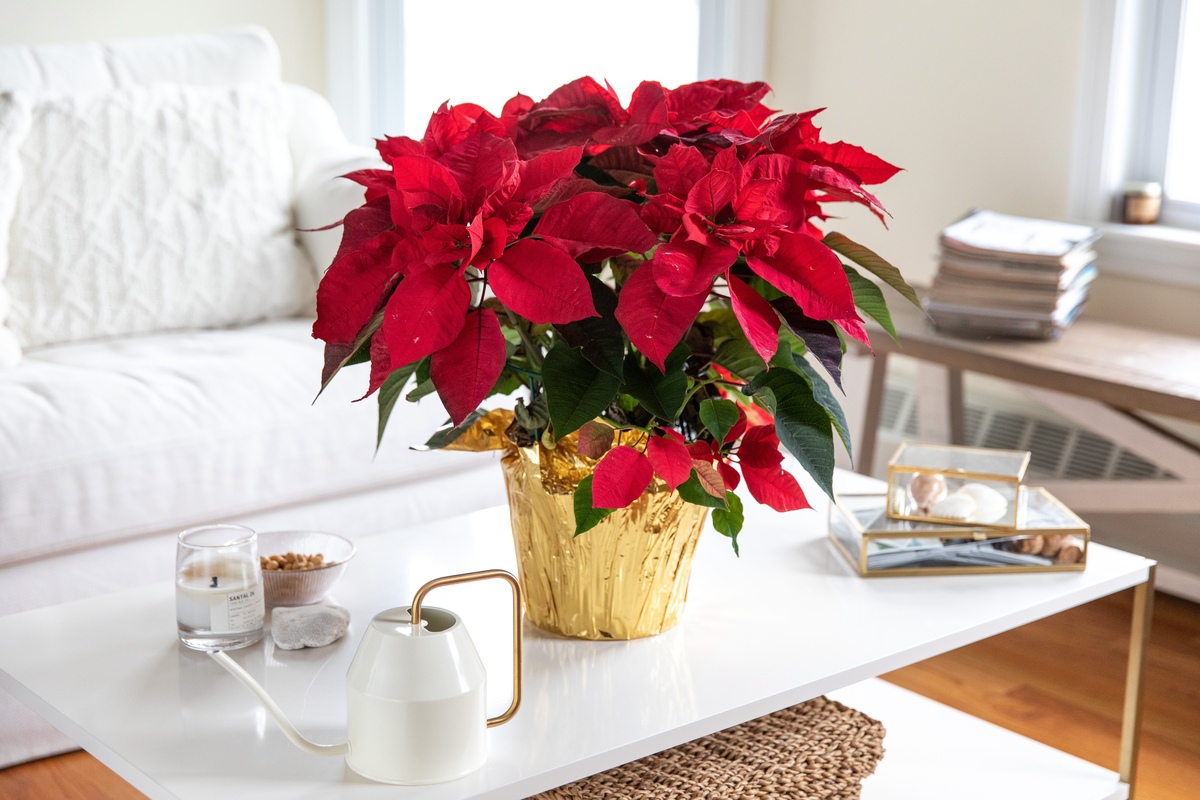
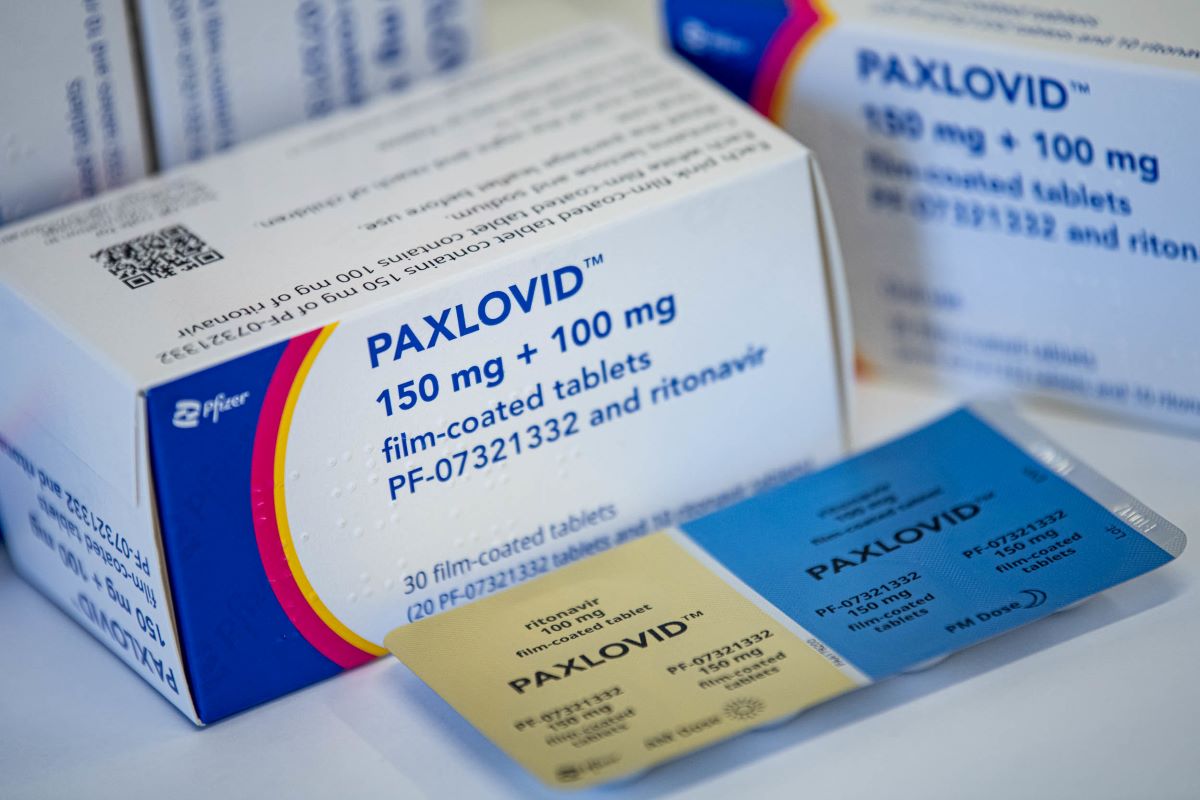
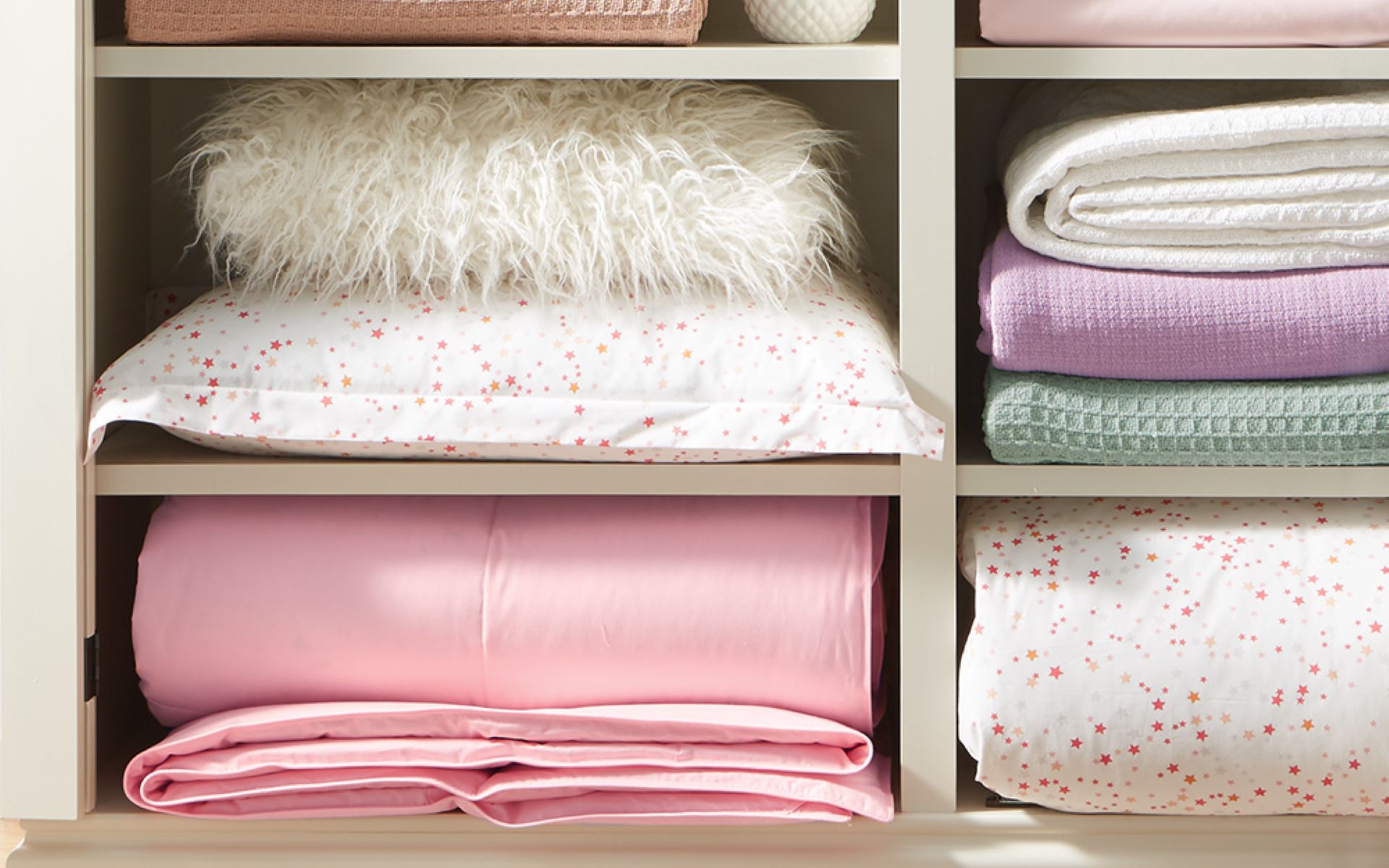
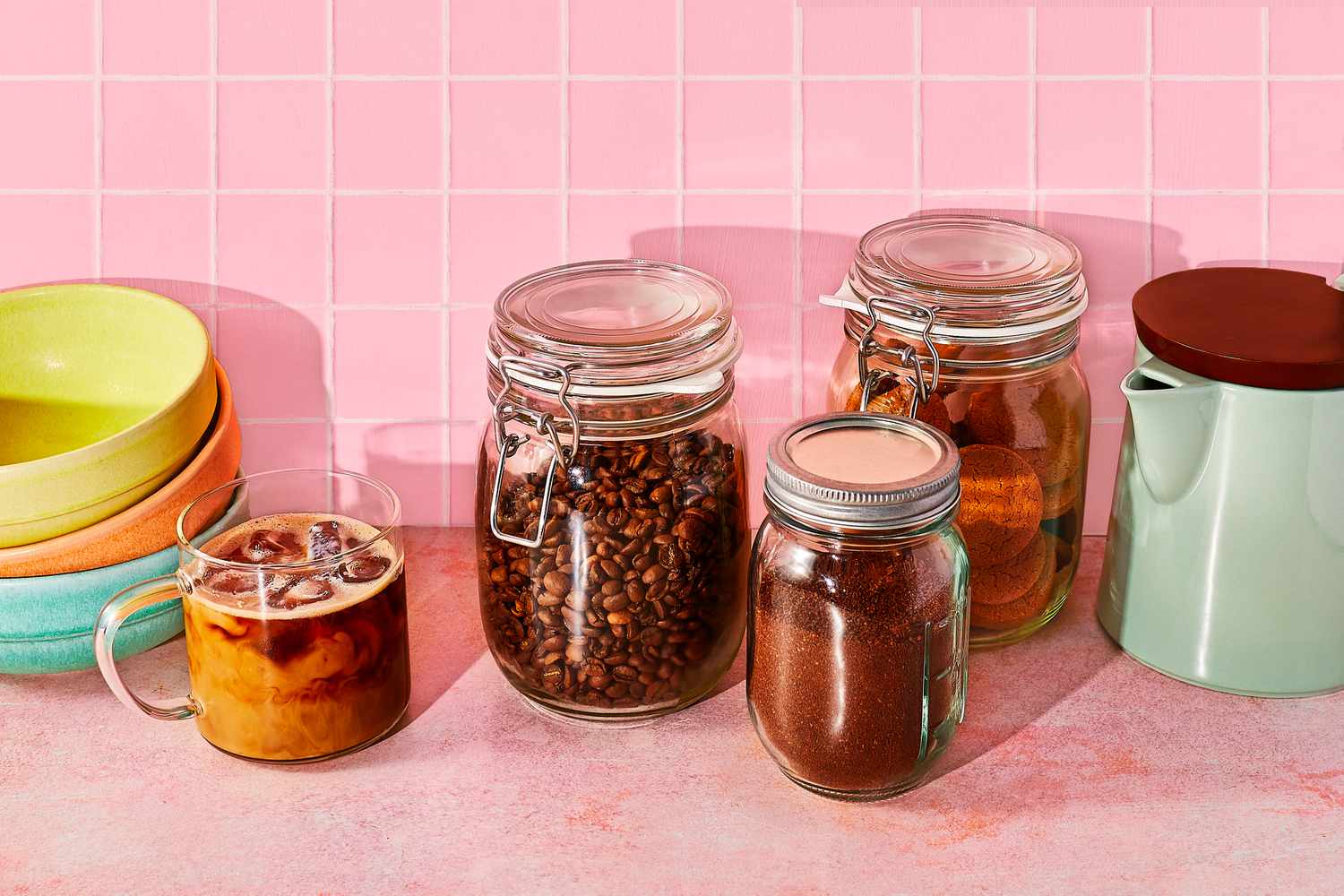
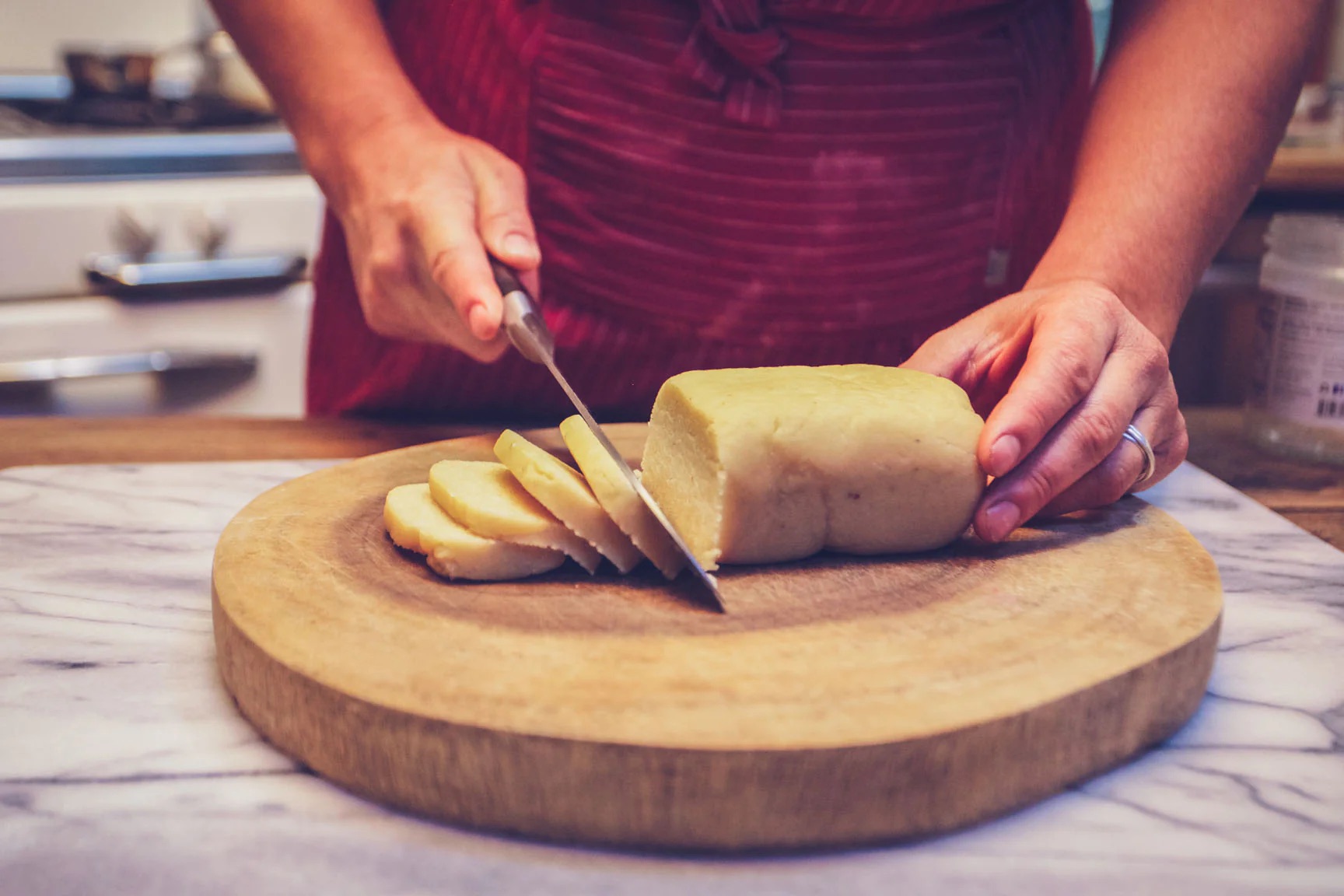


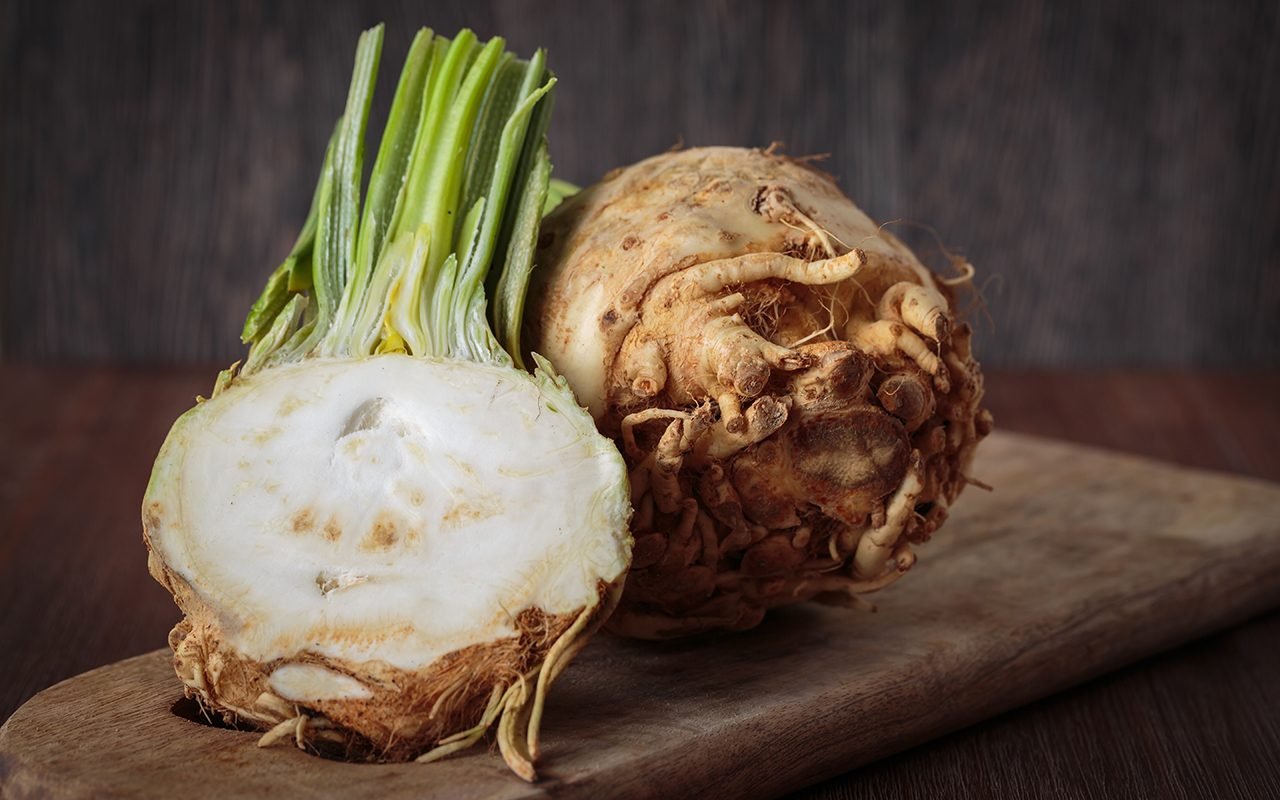
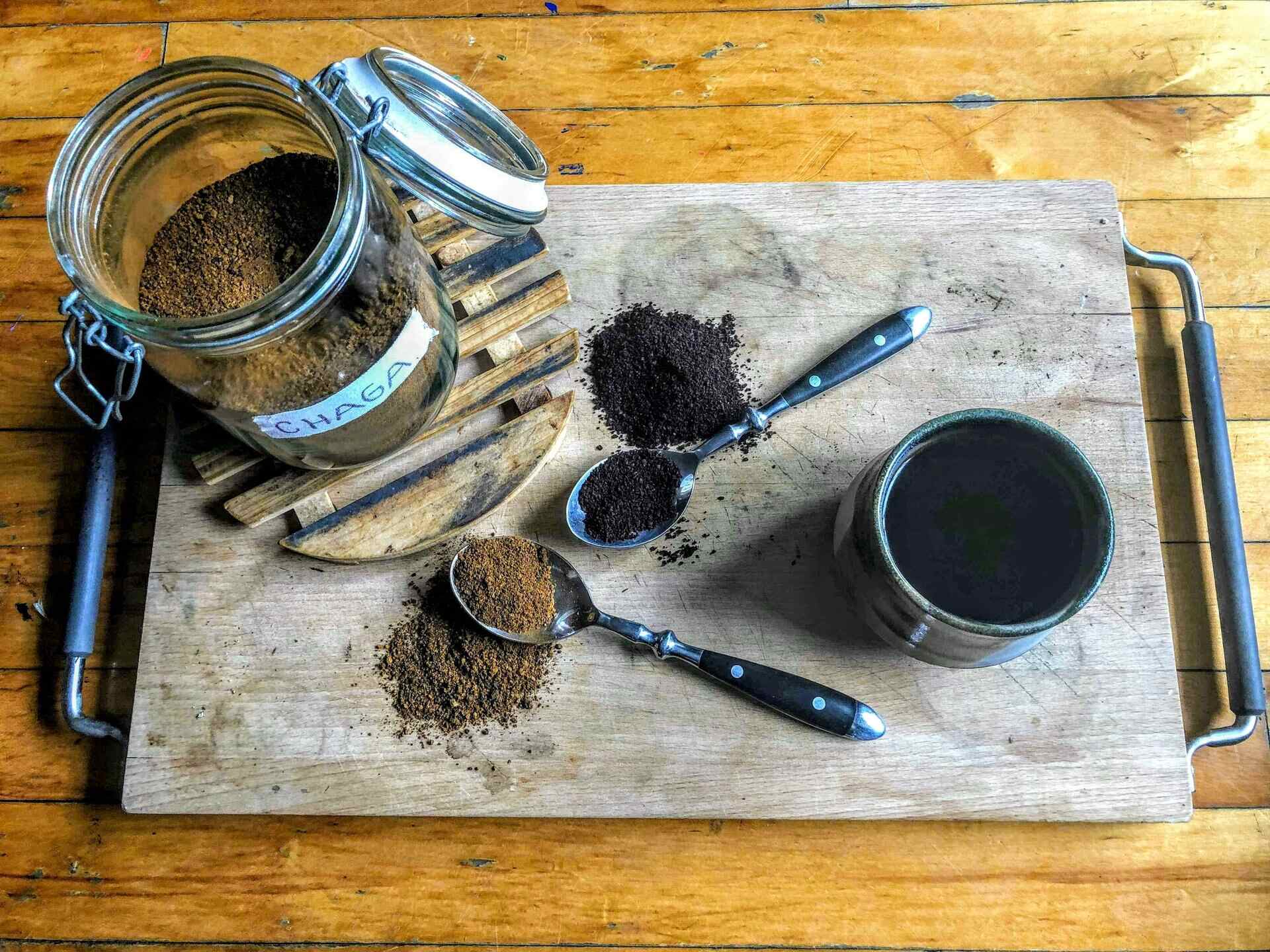



0 thoughts on “How To Store Saffron”